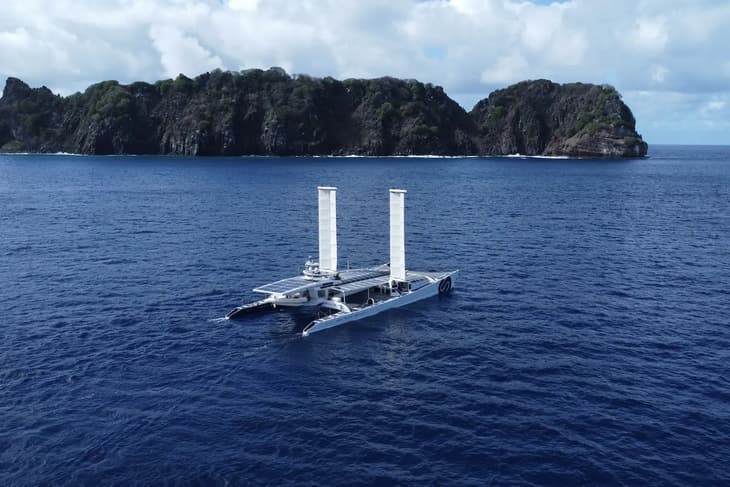The Energy Observer will stop in Fortaleza, Brazil, from November 16 to 24 (2023) to conclude its second transatlantic crossing.
In March (2023), The Energy Observer announced it would be sailing to Africa and South America throughout the year, with the aim of discovering the continents energy challenges and hydrogen potential.
Read more:Energy Observer to set sail to Africa and South America for 2023
In the vessel’s sixth year it will round off its voyage in Brazil – the world’s ninth largest energy consumer – having travelled 3,385 nautical miles over 23 days, powered by 3% hydrogen, 30% photovoltaic energy and 67% wings (equivalent energy saved on propulsion).
... to continue reading you must be subscribed





